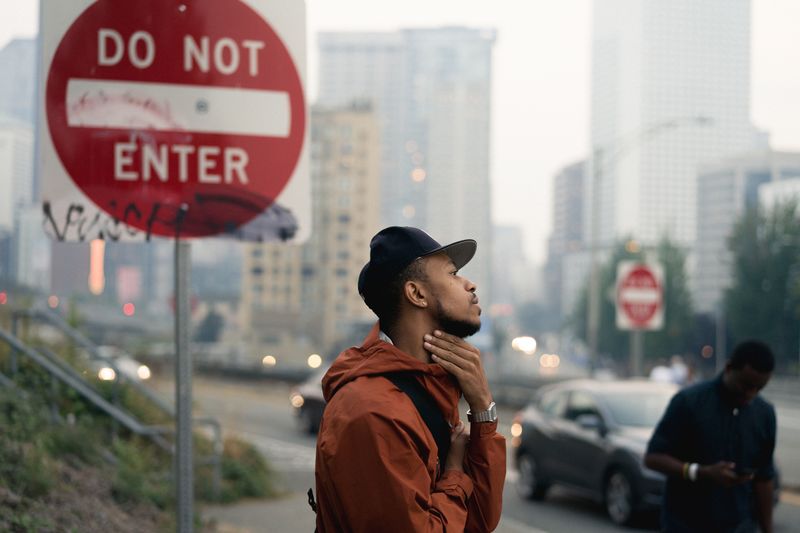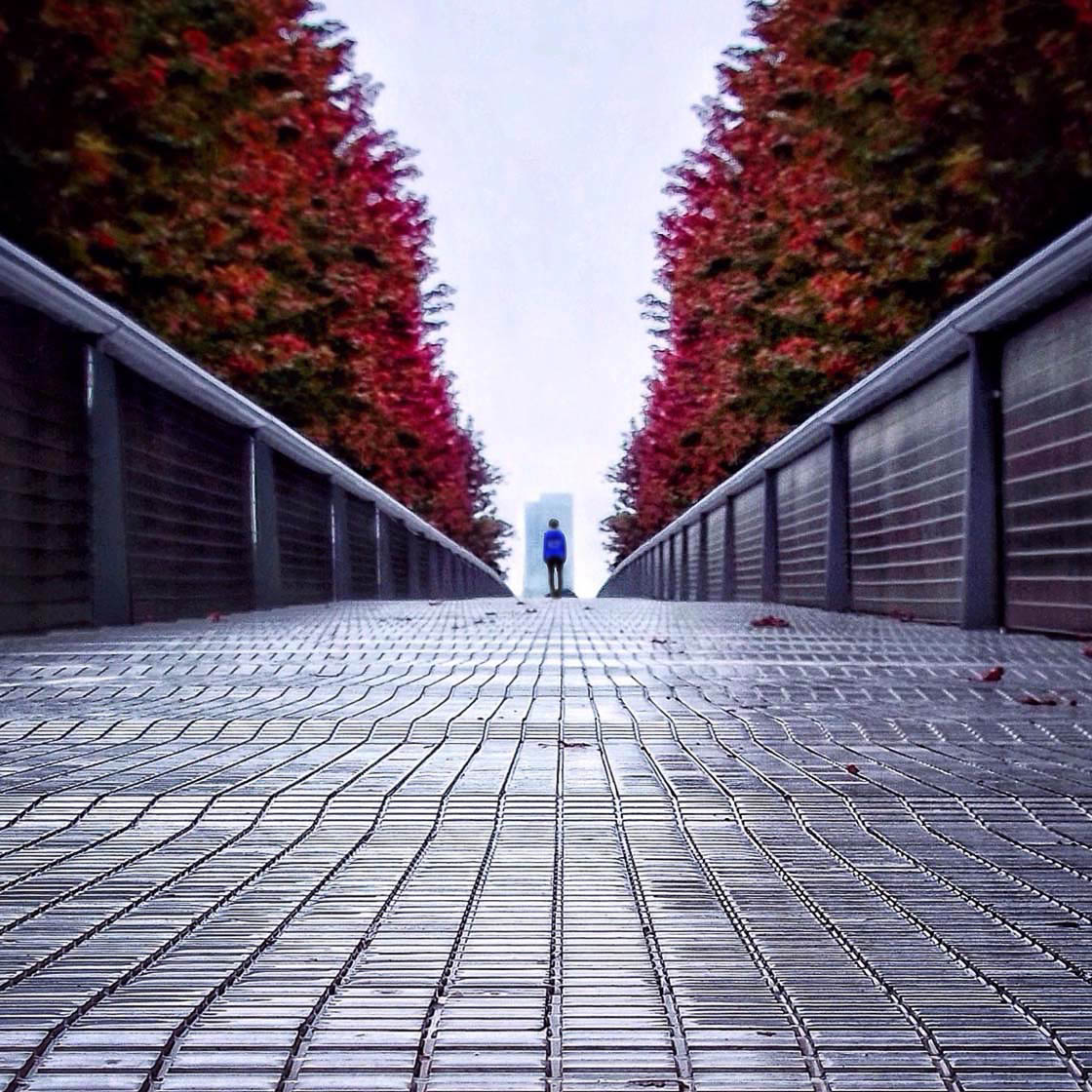The Main Principles Of Street Photographers
The Main Principles Of Street Photographers
Blog Article
Top Guidelines Of Street Photographers
Table of ContentsFacts About Street Photographers UncoveredUnknown Facts About Street PhotographersThe Main Principles Of Street Photographers Fascination About Street PhotographersThe 3-Minute Rule for Street Photographers
Street digital photographers do not necessarily have a social objective in mind, however they prefer to isolate and capture minutes which could or else go undetected.Though he was influenced by a number of those who affected the street professional photographers of the 1950s and '60s, he was not chiefly curious about capturing the spirit of the road. The impulse to aesthetically document people in public started with 19th-century painters such as Edgar Degas, douard Manet, and Henri de Toulouse-Lautrec, who functioned side by side with digital photographers trying to record the significance of urban life.
While the digital photographers' subject was basically the exact same, the outcomes were substantially various, demonstrating the effect of the professional photographer's intent on the character of the pictures he created.
Some Ideas on Street Photographers You Need To Know
Provided the great quality of his photos and the breadth of material, designers and artists frequently purchased Atget's prints to make use of as reference for their very own job, though business passions were rarely his primary motivation. Instead, he was driven to photograph every last remnant of the Paris he liked. The mingled passion and urgency of his mission shine through, leading to pictures that narrate his own experience of the city, high qualities that expected road photography of the 20th century.

Unlike his peers, Brassa used a larger-format Voigtlnder video camera with a longer direct exposure time, requiring him to be a lot more calculated and thoughtful in his technique than he may have been if making use of a Leica.

The 4-Minute Rule for Street Photographers
It is due to this basic understanding of the useful content art of image taking that he is typically attributed with finding the tool throughout once more roughly a century since its creation. He took photographs for greater than a half century and affected generations of professional photographers to trust their eye and intuition in the moment.
These are the inquiries I will try to address: And after that I'll leave you with my very own interpretation of road photography. Yes, we do. Let's start with specifying what a definition is: According to it is: "The act of defining, or of making something precise, unique, or clear".
No, most definitely not. The term is both restricting and misleading. Seems like a street digital photography must be photos of a roads right?! And all road photographers, other than for a small number of absolute beginners, will completely value that a road is not the vital component to street digital photography, and actually if it's a picture of a road with perhaps a few uninteresting people not doing anything of rate of interest, that's not street photography that's a picture of a road.
Street Photographers - The Facts
He makes a valid factor do not you think? Nonetheless, while I concur with him I'm not certain "honest public photography" will certainly catch on (although I do sort of like the term "candid digital photography") because "road photography" has been around for a very long time, with many masters' names connected to it, so I think the term is right here to remain.
Inside?! I hear you scream as you tremble your clenched fist to the sky. Why not? You can fire at the beach, at a celebration, in an alley, in a park, in a piazza, in a Bonuses cafe, at a gallery or art gallery, in a metro terminal, at an event, on a bridge, under a bridge ...
Yes, I hesitate we have no selection! Without policies we can not have a definition, and without an interpretation we don't have a genre, and without a style we don't have anything to specify what we do, and so we are stuck in a "guidelines interpretation genre" loophole! And no-one wants to obtain embeded a loophole. - Street Photographers

Report this page